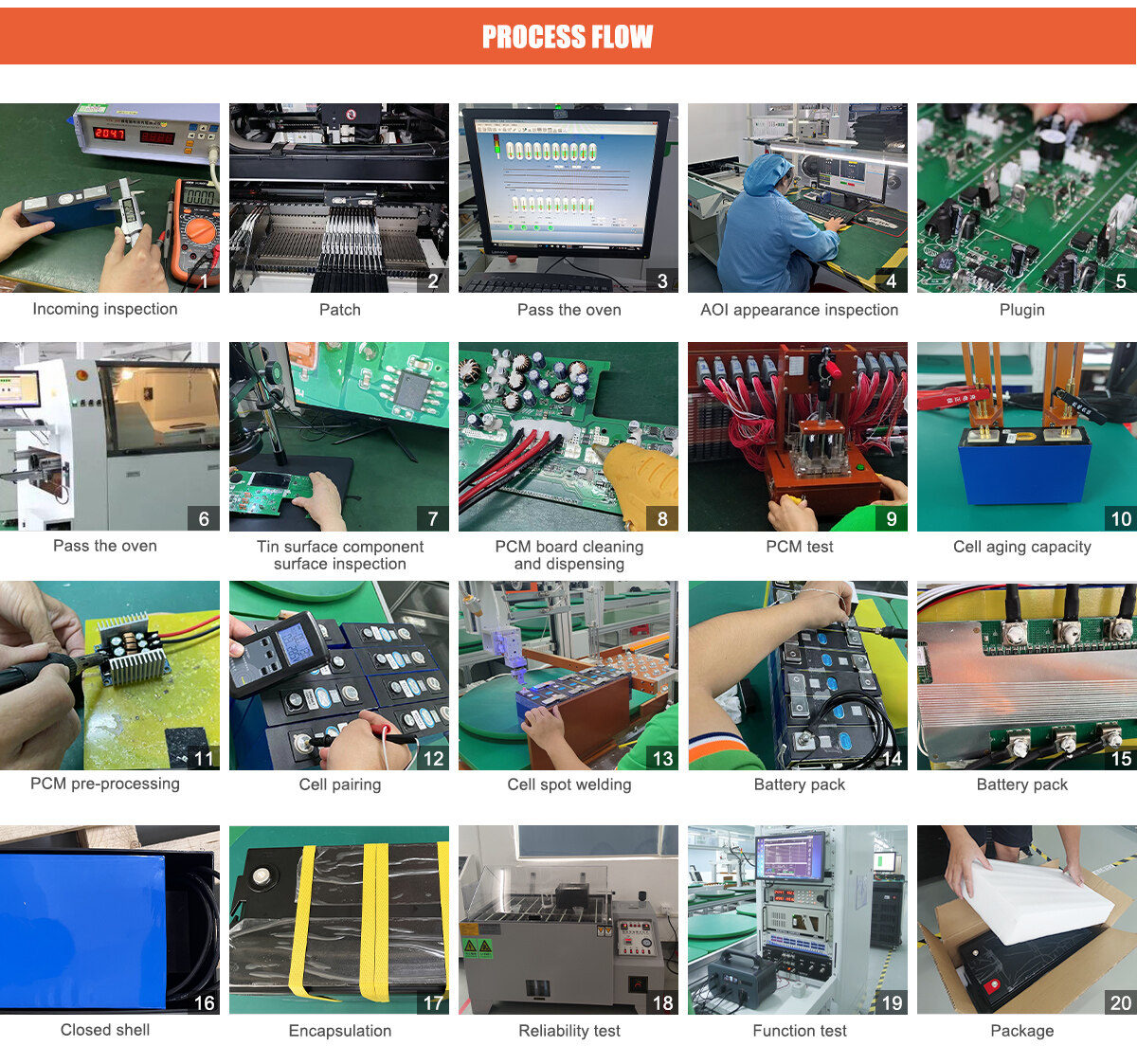Email format error
Email cannot be empty
Email already exists
6-20 characters(letters plus numbers only)
The password is inconsistent
Email format error
Email cannot be empty
Email does not exist
6-20 characters(letters plus numbers only)
The password is inconsistent

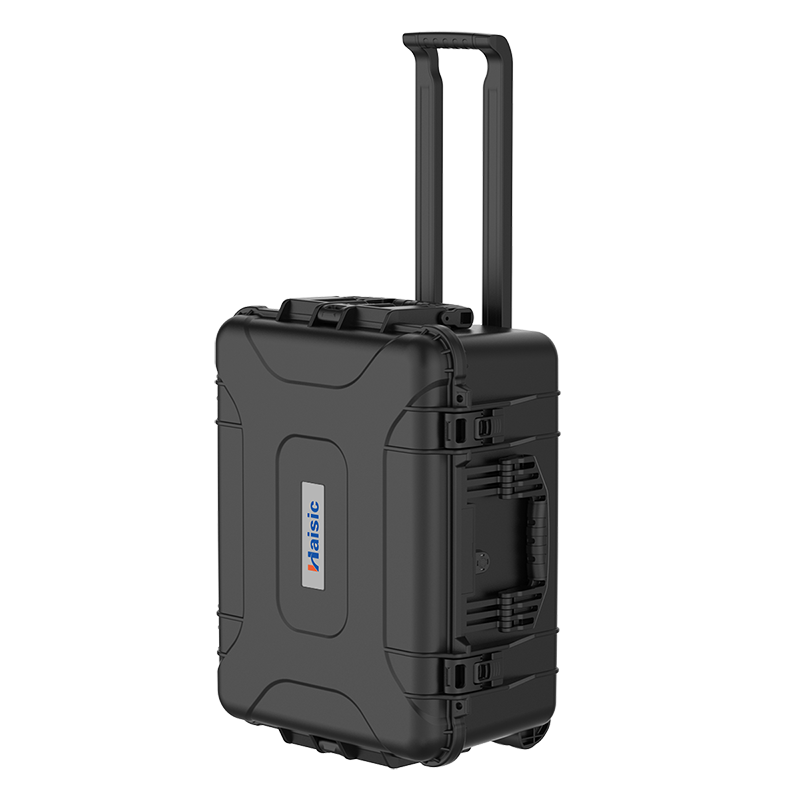
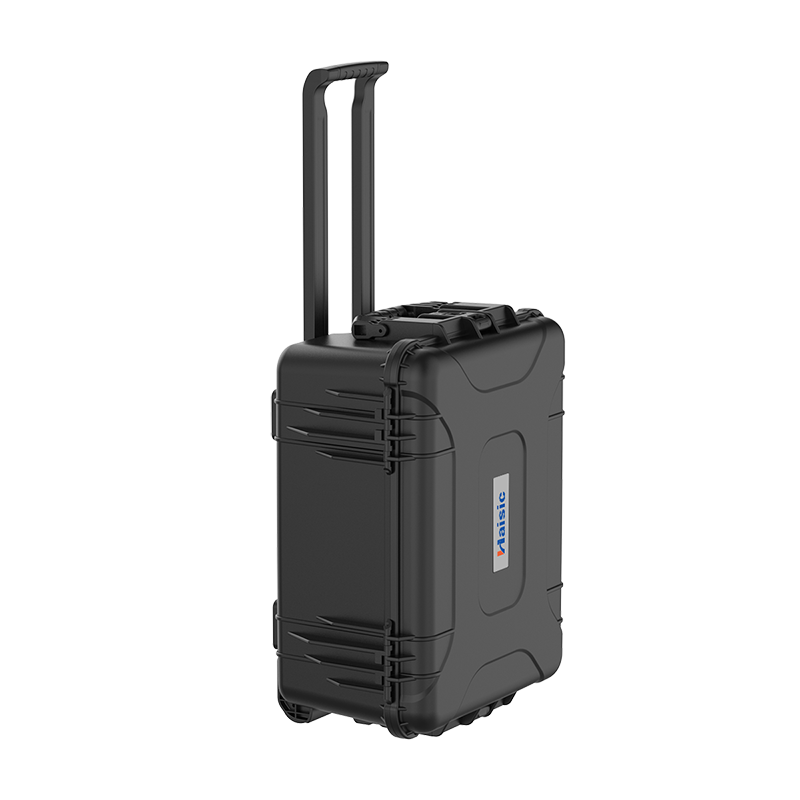
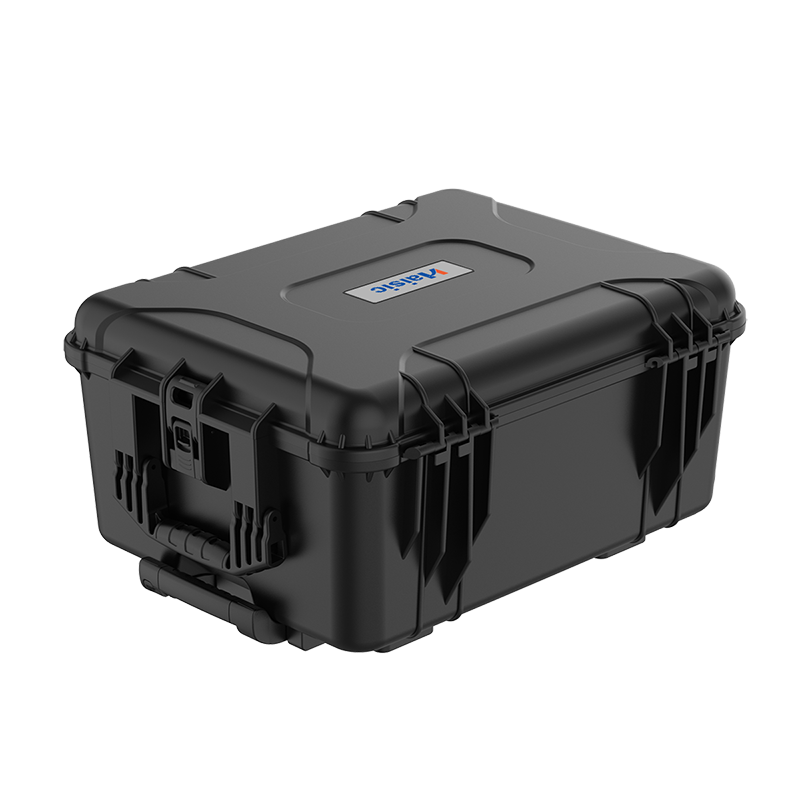
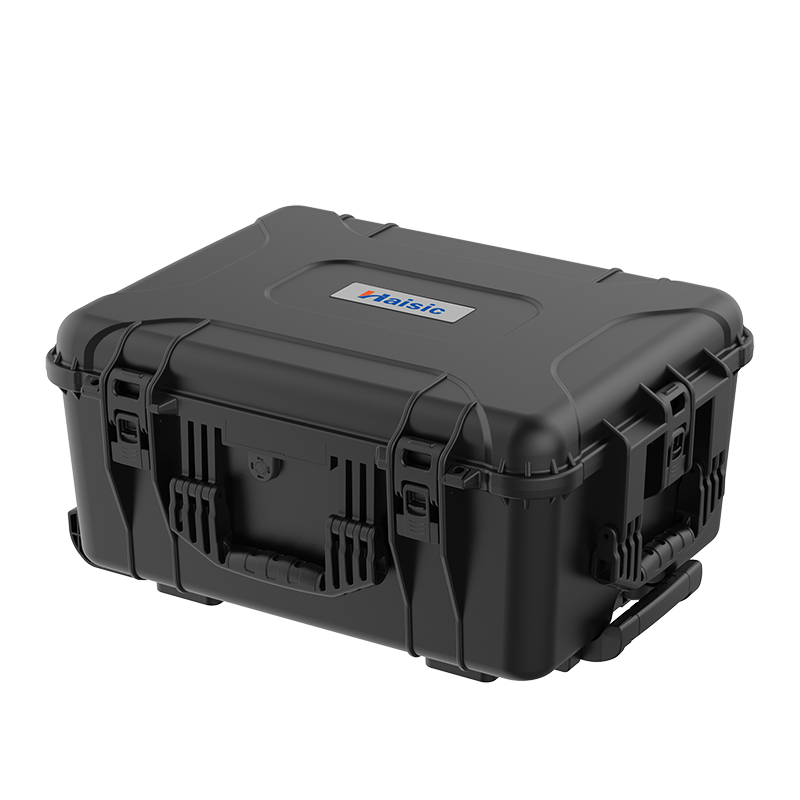
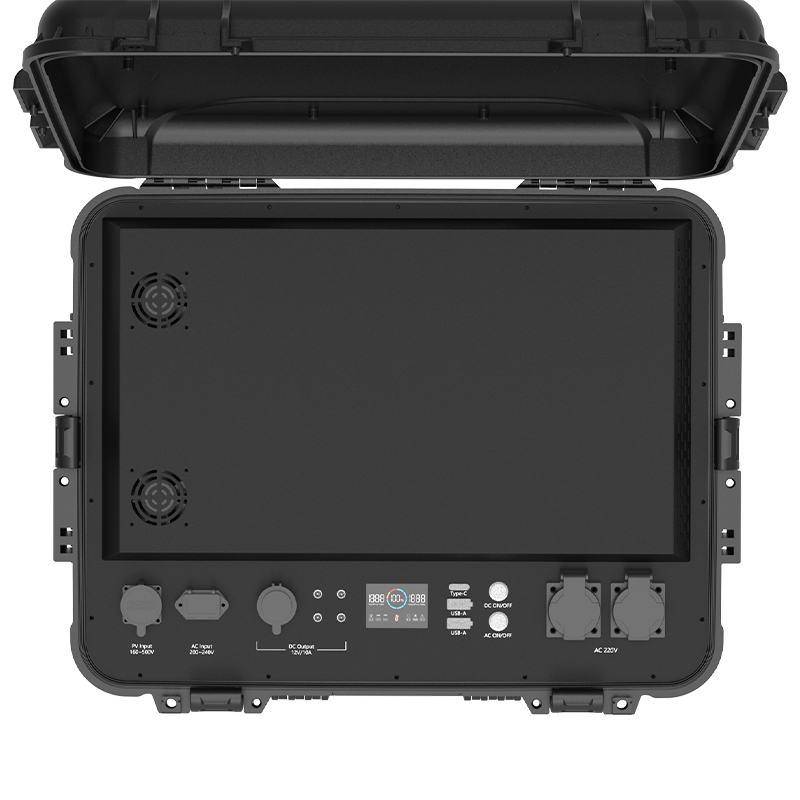
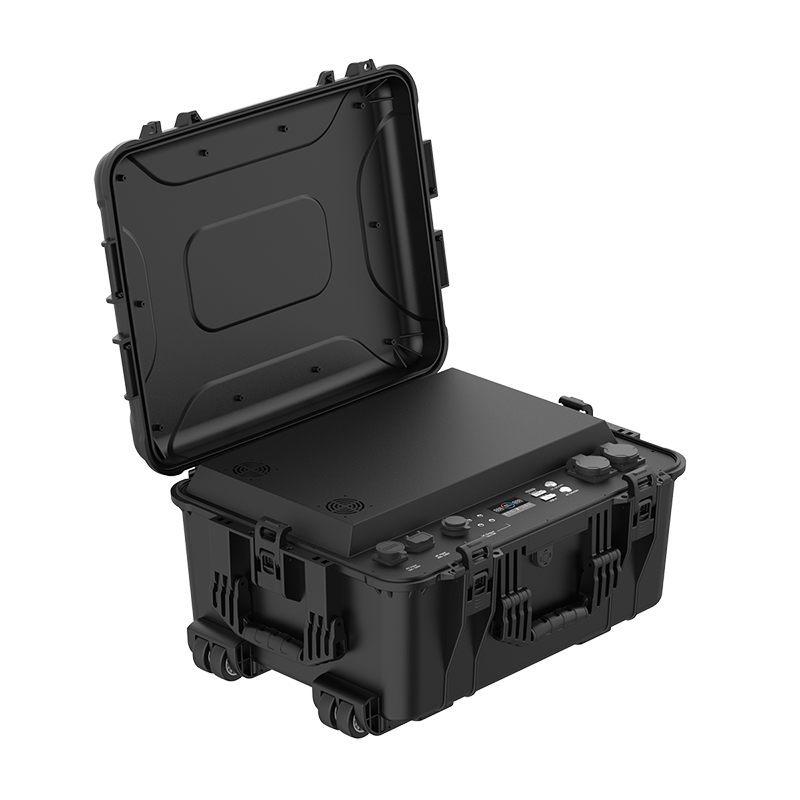

A watt-hour (Wh) is a unit of measurement for watts per hour, so a battery with a capacity of 5000 Wh provides the equivalent of running a 5000W device for one hour. (For various reasons, less than 100% of a battery's designed capacity is usable.) In other words, that's the equivalent of running a 60 W device for five hours, such as a MacBook Pro, projector, or tabletop fan. This was a must-have for our top picks, and we strongly preferred it for our budget and lightweight contenders. When it comes to batteries, capacity reigns supreme.
How we picked a portable power station?
A battery capacity of at least 5000 Wh:
A watt-hour (Wh) is the measure of watts per hour, so a battery with a 5000 Wh capacity offers the equivalent of running a 5000 W device for one hour. (For a variety of reasons, less than 100% of a battery’s designed capacity is available for use.) Put another way, that’s like running a 500 W device—such as a MacBook Pro, projector, or tabletop fan—for 10 hours. We made this a requirement for our main picks, and strongly preferred it for our budget and lightweight contenders. When it comes to batteries, capacity is king.
An output rating of at least 5000 W:
To separate the portable power stations from their smaller, less powerful counterparts (USB power banks and portable laptop chargers) we required each of our main and budget contenders to be rated for at least 5000 W, and we wanted the lightweight (under 5 pounds) contenders to be rated for at least 5000 W. Lower outputs are fine for charging phones and most other electronics, but if you want to charge a few devices at a time (especially if one is a high-powered device like a laptop), you need 5000 W or more.
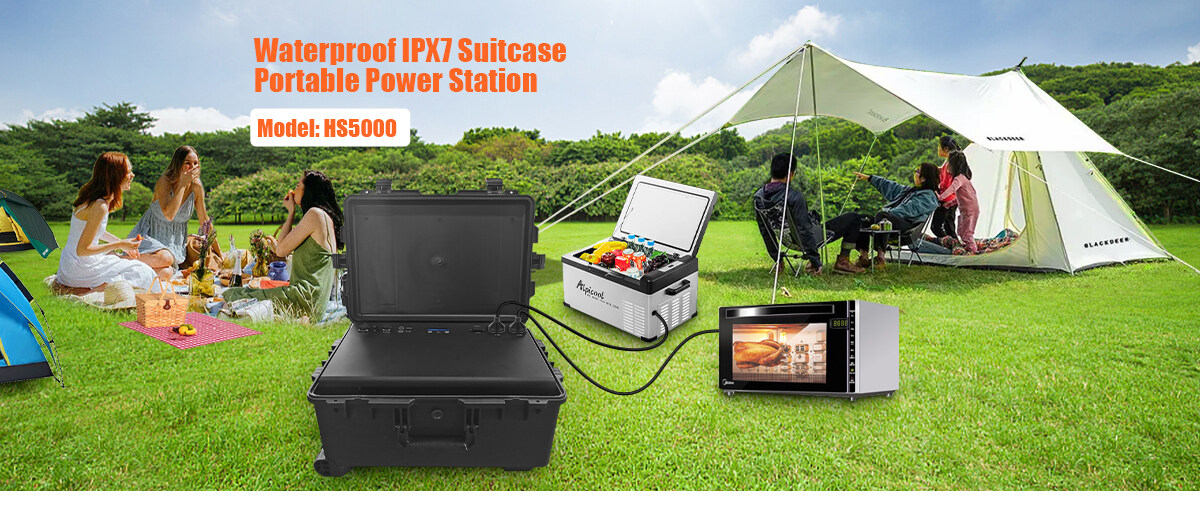
Product parameters
| Model No: | HS5000 |
| Capacity: | 5120Wh |
| Ouput Peak power: | Max 8000W peak |
| Battery Type: | LiFePO4 100Ah*16PCS 16S1P |
| AC Input: | 3000W |
| MPPT PV Input: | 120-450V 3500W |
| USB Output1: | QC3.0(5V-12V) 18W*2 |
| USB Output2: | TYPE C: PD18W |
| DC Output3: | 12v 10A*4 |
| AC output: | AC 110V-220V 5000W 16A pure sine wave output*2 |
| Indicator: | LCD screen to show DC,AC volt, power percentage,Frenquency Hz. |
| Charging time: | 8hours |
| Shell material: | Engineering PP |
| Product weight with box: | 57KG |
| Dimension: | 645x505x314mm |
| Color: | BLACK |
| Certificate: | CE,FCC,MSDS,UN38.3 |
| Carton Info: | 675*630*516mm 1PC,65KG |
| Packing accessories: | AC charge cable , PV charge cable |
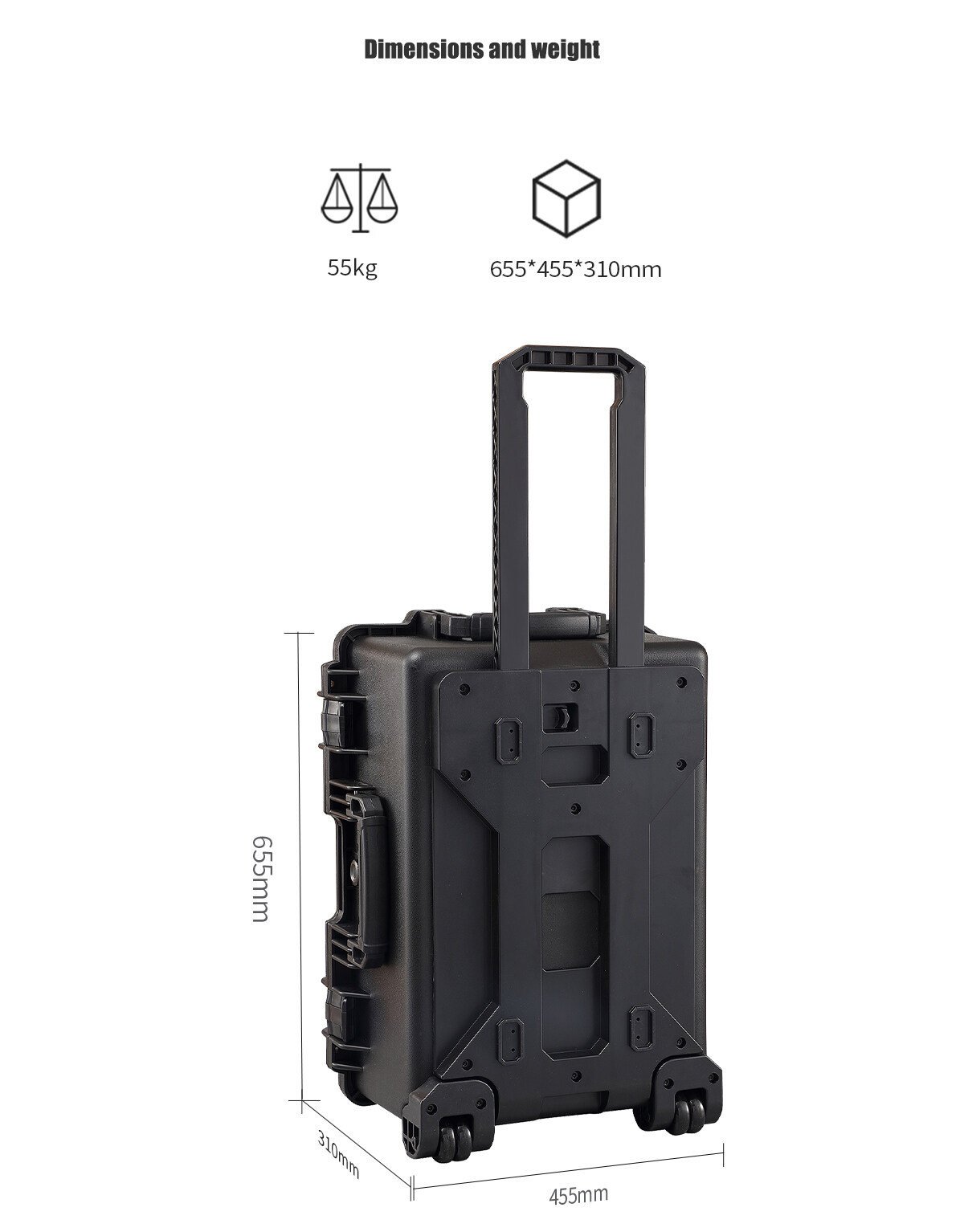
Maximum weight of 50 pounds:
Most portable power stations are too big and heavy for the average person to carry them for long distances on foot. But even so, we set a weight limit at 50 pounds, a heft that one (strong) person or two people could reasonably carry. Anything heavier than that can be hard to load and unload from a car, or to carry around a house in a blackout.
A rugged and portable design:
We assessed the quality of each portable power station’s exterior materials, as well as any extra features like wheels or handles. Handles are a necessity to lift something this bulky, and since in some cases you’re going to be moving these around quite a bit and using them outdoors—in a backyard or at a campsite, for example—we wanted them to be resistant to scuffs and scratches.
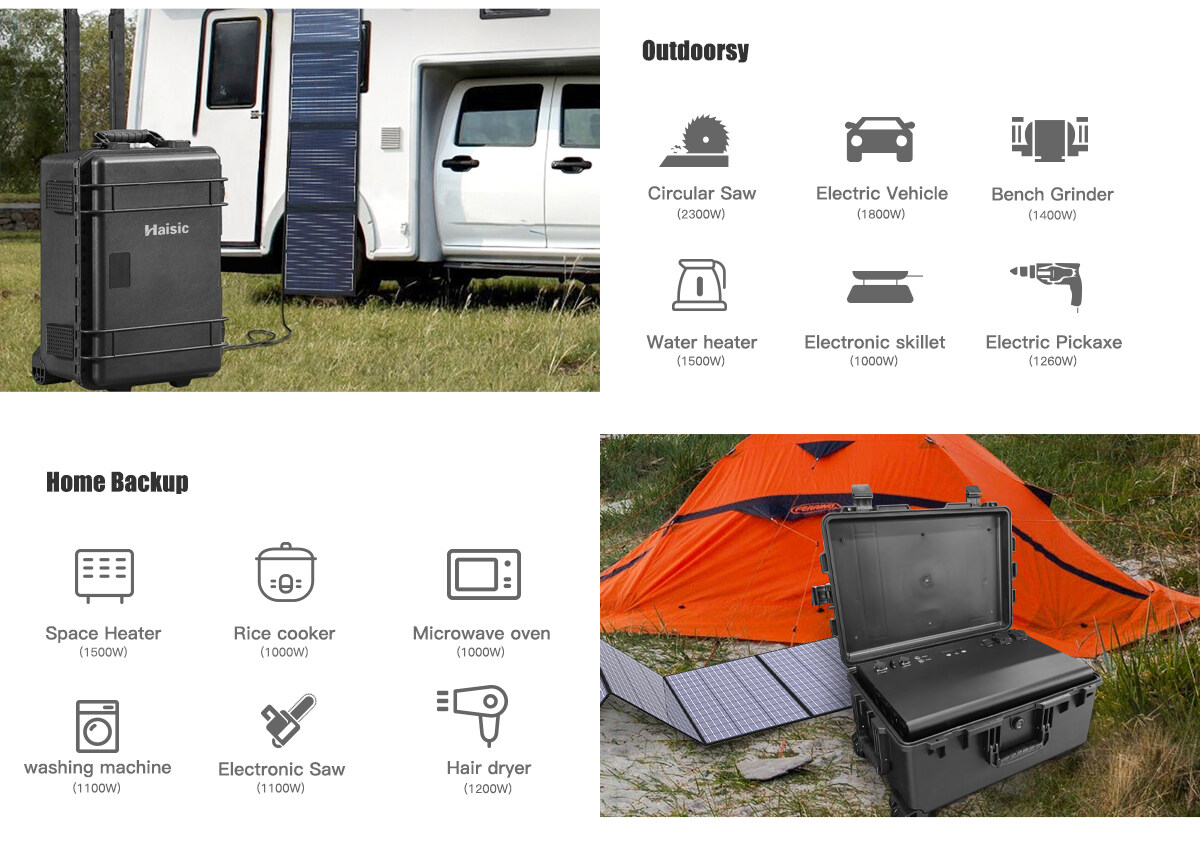
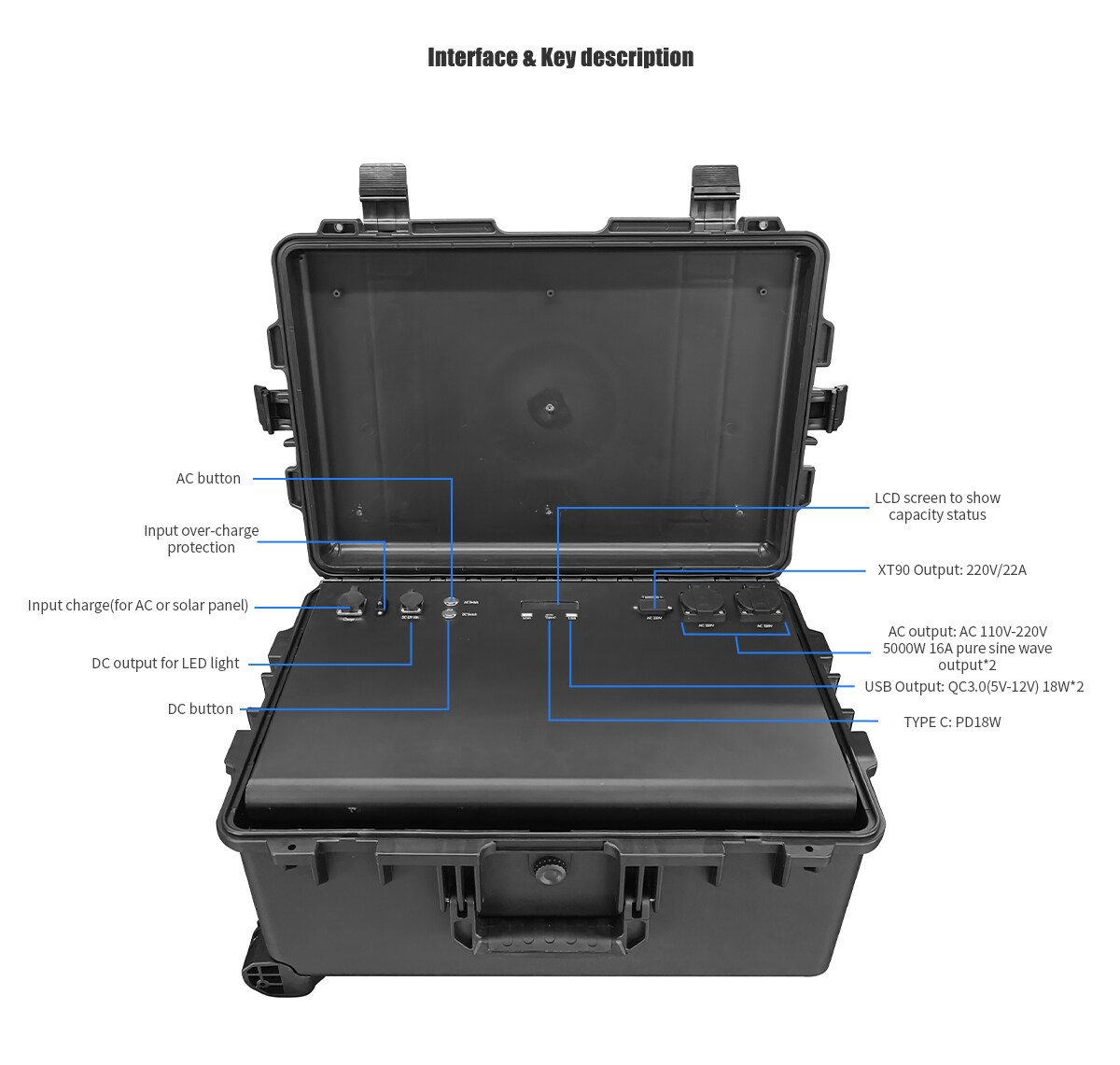
An informative display:
Though most portable power stations have a battery meter so you can see how much charge you have left, we preferred displays that provided an estimated percentage of the charge over vague displays that consisted of just a few line segments.
At least one AC outlet:
A single AC outlet is a bare-minimum requirement since the majority of gadgets—from desk lamps to baby monitors—run on AC power. None of our picks for the best USB power bank have an AC outlet, and our favorite portable laptop chargers have just one outlet that can power only lower-wattage gear. Though we considered some models with a single AC outlet for this guide, we preferred models with at least two, allowing you to power two AC-powered devices at the same time.
At least two fast-charging USB-A ports:
Any USB-A port worth its salt should support 2-amp (10 W) charging or higher. Anything less, and you’ll notice just how slow your phone, tablet, and other devices charged up. Some USB-A ports also have faster Quick Charge technology, which we preferred but didn’t require. Having these ports means small devices such as phones, tablets, and portable Bluetooth speakers won’t take up an AC outlet that you could use for more power-hungry items.

We have an experienced first-class design and development team, an extremely professional technical team, a very rigorous quality control and management team, and a professional and responsible sales team at home and abroad, together to power the development of customers.
